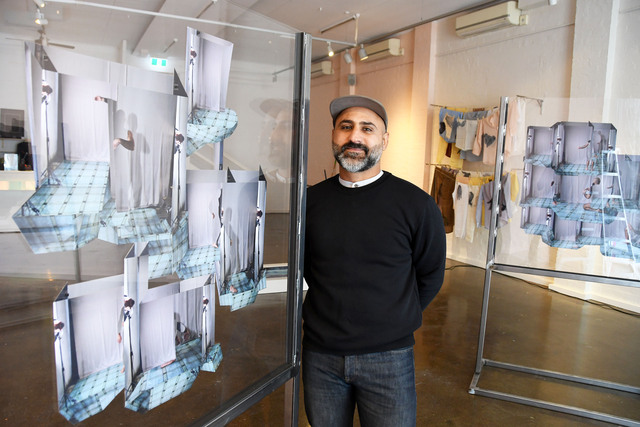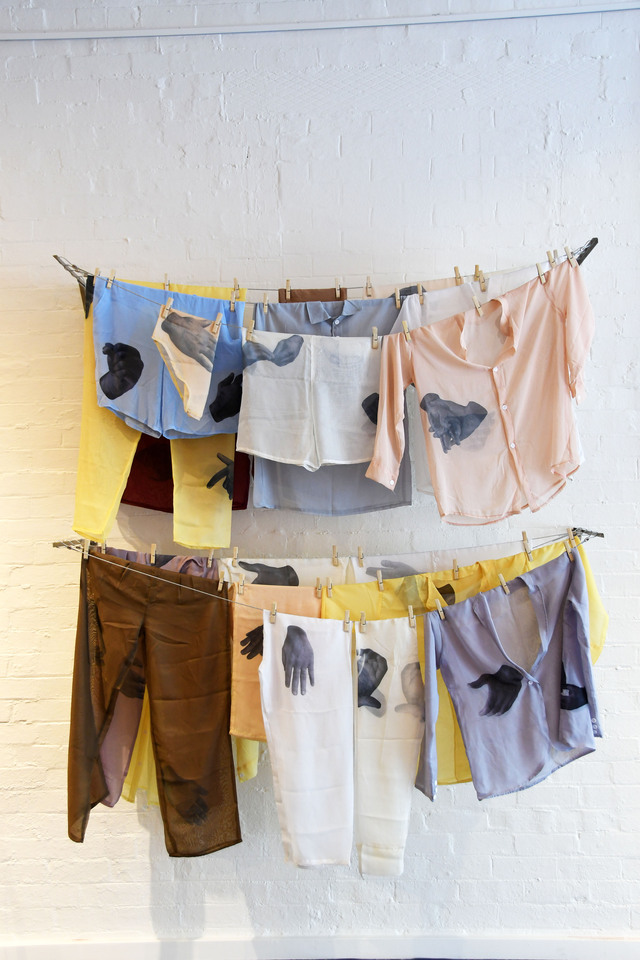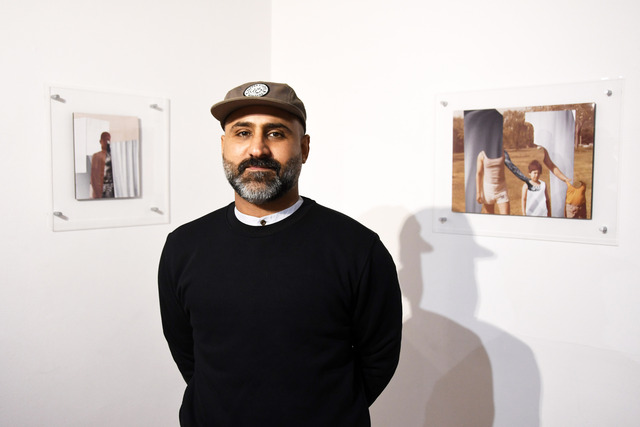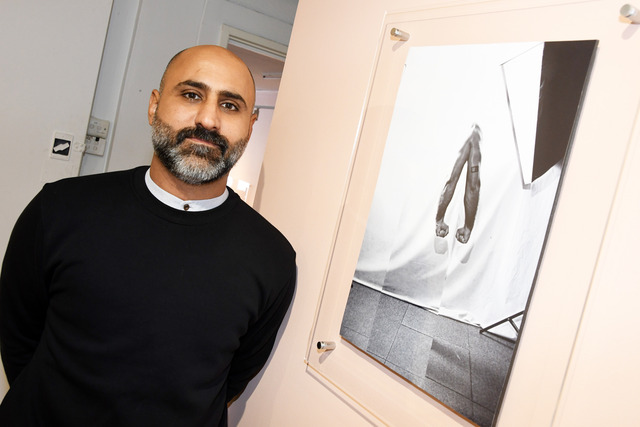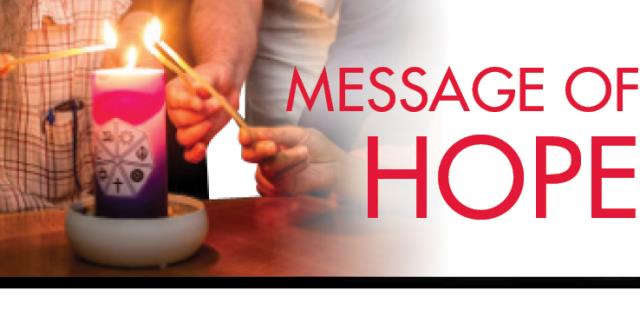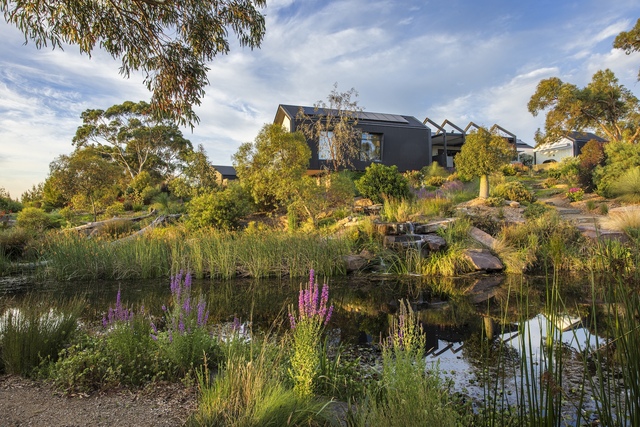Internationally celebrated artist, Ibrahim Ahmed has launched his first Australian exhibition at Dandenong’s Walker Street Gallery and Arts Centre.
The exhibition, Amidst the Absence, A Present is Felt is on until 16 January 2026, exploring identity, migration and masculinity.
The themes have been influenced by the artist’s experience of migration from a young age.
Ahmed was born in Kuwait, divided his childhood between Bahrain and Egypt before he relocated to the US. In 2014, he moved to Cairo.
“The idea of being raised in multiple spaces forced one to have to negotiate certain cultural codes because the cultural codes of places like Bahrain, US and Egypt are all different.
“Having to constantly code switch – this really requires a level of objectivity whether it’s a conscious one or not.
“So that act of having to sort of detach oneself from a certain loyalty to a particular cultural code, of course, allows for (an artist) to have an outlet to tap into things differently and probably quicker.
“I think a lot of comfort comes along with staying in one place, being raised in one country your whole life.”
His works consists of sculpture, photography and intricate cut-outs that draw the audience into the powerful presence of absence.
The exhibition consists of his works from 2020-’25, including a new commissioned work where photographs of body parts are pressed onto Ahmed and his father’s clothes on a clothes line, a symbolism of a deep personal space.
He uses his father’s photography from the 1970’s onwards to re-enact his postures, as an acknowledgement of the past throughout the process.
The placement of the printed hands on the clothes is deliberate as physical touch between the father and son “disappeared” once they became teenagers.
The masculinity project started off nine years ago, with metal masks made from car parts dug out of the bottom of the junkyard with his recent work a step closer to being the “final” stage.
“Something about this installation feels final, but I don’t want to state it,. It feels very resolved, maybe I will move on and maybe not.
“Because this comes from my father, there’s a history there and yet it’s not historical because it’s me performing them again. They become less about posturing and more about invitations.”
He deliberately uses himself and family for the project as his body is “activated” in different parts of the world.
Ahmed says he loves the ambiguity when people can’t pinpoint where exactly he’s from.
“There’s universal accessibility to it,.
“It’s not about brown man, but a very specific mechanism that has been created in many nation states. That’s what I’m looking at, the visual language around that.”
Curator Miriam La Ros reflected on Ahmed’s work at the Havana Biennial, where his piece was removed from display.
“What began as a moment of censorship became a generative space where absence is neither defeat nor erasure, but a mode of persistence.”
At a time when conversations around gender and power are reshaping global discourse, Ahmed’s practice reimagines masculinity in vulnerable, generous and life-affirming ways.
Each work carries the weight of personal and collective histories — made visible through what’s missing.

